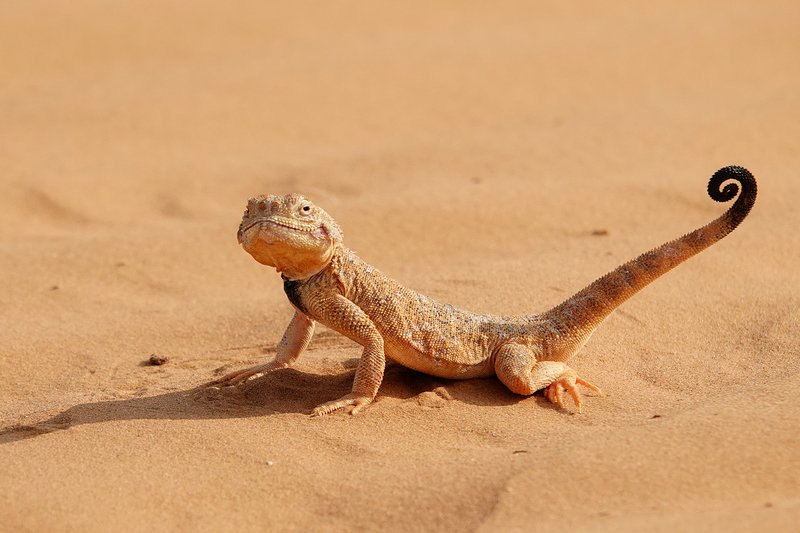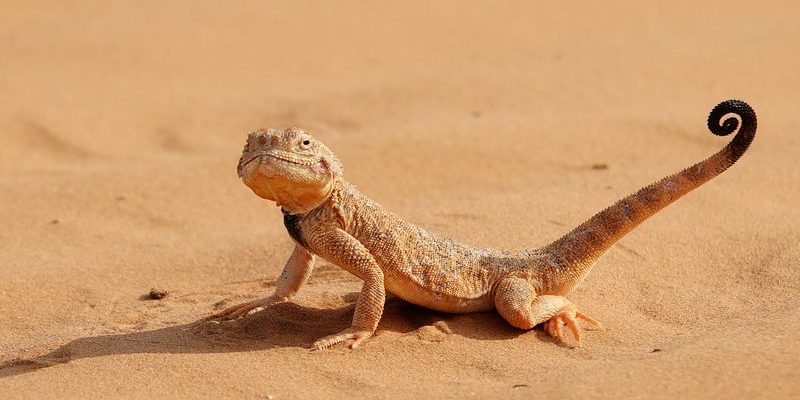
Imagine being dropped into a world where the temperatures soar or plummet, food is scarce, and every day is a game of survival. For lizards, this is just another day at the office. From their ability to blend into their surroundings to clever methods of regulating their body temperature, these little reptiles show us how resilience can come in small packages. Let me explain how they pull it off.
Adaptations to Extreme Temperatures
Lizards are remarkable when it comes to surviving extreme temperatures, and it all starts with their ability to thermoregulate. Being cold-blooded, or ectothermic, means they rely on the environment to control their body temperature. This can be tough in places where the sun beats down or the winds howl. When temperatures rise, lizards often retreat to shade or burrow into the ground. In contrast, when it gets too cold, you might find them basking under the sun, warming up before starting their day.
This behavior is critical for maintaining their metabolism. If it gets too hot or cold, they can’t hunt or even move properly. For instance, a lizard like the Horned Lizard, found in the deserts of North America, has developed a quirky method: it can actually change its color to soak up more heat when it’s chilly. This temperature control is not just smart; it’s essential for their survival.
Water Conservation Techniques
In arid environments like deserts, water may be as scarce as gold. So how do lizards manage to survive without frequent access to hydration? They’ve honed some impressive strategies for water conservation. Many lizards can absorb moisture through their skin or extract it from the food they eat, like insects and plants.
Take the Fennec Fox Lizard, for example. This little critter has a thick skin that reduces water loss and helps it thrive in sandy habitats. It also has the ability to go long periods without drinking water, relying instead on moisture obtained from its prey. Isn’t that clever?
Additionally, some lizards exhibit behaviors that help them conserve water. They tend to be more active during cooler parts of the day or even at night when humidity levels are higher, minimizing the risk of dehydration.
Clever Camouflage and Defense Mechanisms
When it comes to staying safe in their harsh environments, lizards are like nature’s ninjas. Many species have developed impressive camouflage strategies, blending seamlessly into their surroundings to evade predators. Take the Green Anole: its green skin allows it to hide among the leaves, making it tough for hungry birds to spot it.
Besides camouflage, some lizards use unique defense mechanisms. For instance, the Iguana can drop its tail when threatened, providing a distraction while it makes a quick getaway. Others can puff up their bodies or display vibrant colors to warn off would-be attackers. It’s like having a built-in alarm system!
These adaptations are not just cool; they’re essential for survival. Successfully avoiding predators means more time for feeding and mating, which is all part of the survival game for lizards.
Unique Feeding Strategies
The way lizards find and eat food is another key aspect of their survival in harsh environments. Different species have evolved various feeding strategies that cater to their surroundings. For instance, the Chameleon has a long, sticky tongue that can catch insects from a distance with incredible precision. Imagine being able to snag your dinner without even moving!
Some lizards are herbivores, feeding on leaves and flowers, while others are carnivores, primarily eating insects. The Gila Monster, a venomous lizard, has a different approach: it stores fat in its tail and can go for long periods without eating, making it well-suited for its arid environment.
Feeding strategies can also change based on the season. Many lizards are opportunistic feeders, meaning they’ll adapt their diet based on what’s available, ensuring they can survive in tricky conditions.
Social Behaviors and Communication
Believe it or not, lizards have social lives! Many species engage in social behaviors that help them thrive in their environments. An excellent example is the Green Iguana, which often lives in groups. These social creatures can warn each other of dangers through body language or vocalizations.
Lizards also communicate in fascinating ways, such as through color changes or physical displays. For instance, the Anole can change its color to signal its mood or territory to other lizards. This form of communication is vital for preventing fights over resources and establishing social hierarchies within groups.
By working together, lizards can better defend their territory, find food, and protect themselves from predators. It’s a dance of survival, and they’ve mastered the steps.
Habitat Diversification
One of the coolest things about lizards is their ability to adapt to various habitats. Whether it’s deserts, forests, or rocky terrains, these creatures seem to have found a niche everywhere. Each habitat comes with its own set of challenges, and lizards have tailored their behaviors and physical features accordingly.
For example, the Desert Iguana thrives in sandy areas with little vegetation and can tolerate extreme heat. In contrast, the Skink, which often lives in woodlands, has a smooth body that helps it navigate through underbrush with ease. Different physical traits, like body shape or color patterns, can make a huge difference in survival based on where they live.
This adaptability is essential for lizards since it allows them to occupy various ecological roles, helping maintain balance within their ecosystems. It’s just another illustration of nature’s creativity!
In the grand scheme of things, lizards are incredible survivors. Their ability to adapt to harsh environments—whether through unique feeding strategies, clever camouflage, or social behaviors—shows just how resilient nature can be. Each species has its own tricks up its sleeve, allowing them to thrive where many others would struggle.
So next time you see a lizard sunbathing on a rock or darting through the grass, take a moment to appreciate how well they’ve adapted to their surroundings. These little reptiles are living proof that survival is all about being clever, resourceful, and, let’s face it, a bit daring!

